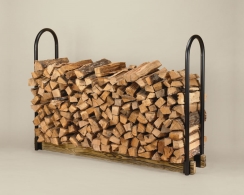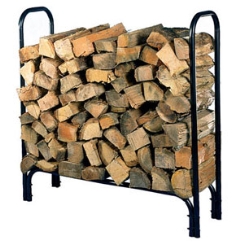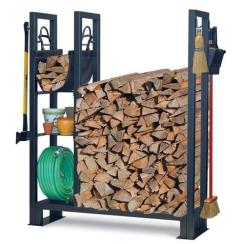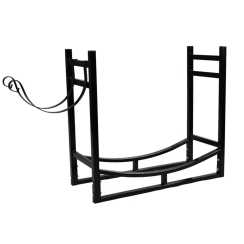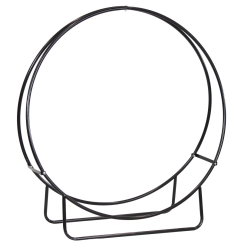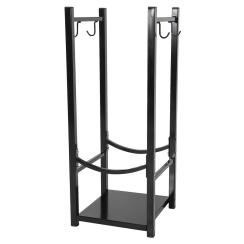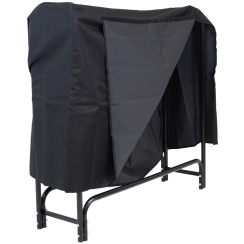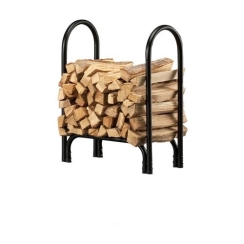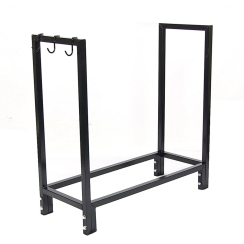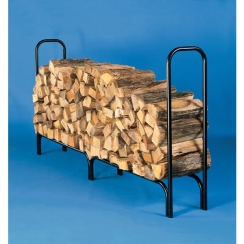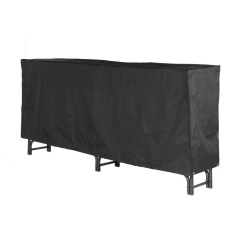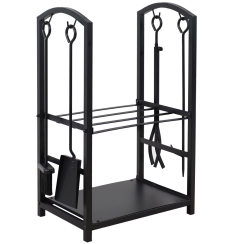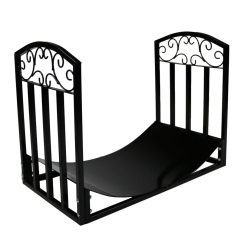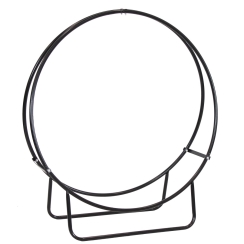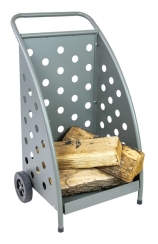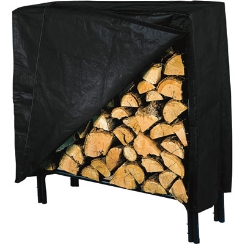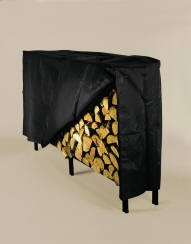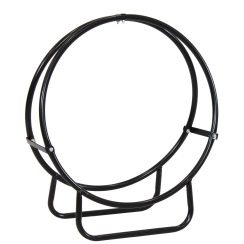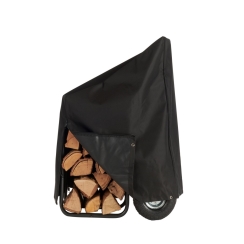Firewood Holders & Wood Racks
Displaying 1–20 of 61 items
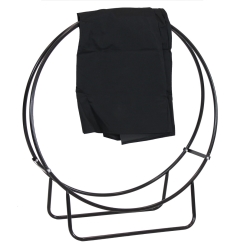
Have questions?
Our NFI-certified experts are here to help!Related Articles
Customer Q&A with Product Specialists
Thank you for reaching out!
Thank you for your interest in our products. We've received your question and will get back to you shortly — usually within the hour but always within 1 business day. To ensure you receive our response, please add our email address (info@efireplacestore.com) to your email whitelist or address book.
In the meantime, while we prepare our response, keep an eye on your inbox for an email from us. We'll be sending you our exclusive Buyer's Guide, packed with valuable information to assist you in making the best decision for your needs.
If you have any further questions or need immediate assistance, feel free to reach out to us directly at 1-800-203-1642.
Thank you again for choosing eFireplaceStore.com!
Customer Images

About Firewood Holders & Wood Racks
You need a firewood rack if you have a wood fireplace or stove. The firewood holder is a vital accessory since it keeps you from chopping more whenever you want to stoke your fire. An outdoor firewood rack is the perfect solution to that dilemma. With a wood rack, you don't have to keep chopping away - your handy wood storage rack is right there. There is no better solution for firewood storage, is there? Check out our Firewood Holders & Wood Racks Buyer's Guide for more information to find your perfect log rack!
